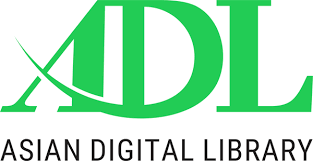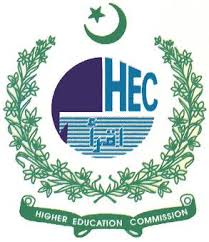Poliomyelitis in Pakistan: Evolving challenges and way forward
DOI:
https://doi.org/10.37018/TAZA.0901Abstract
Poliomyelitis, an acute paralytic illness, affects children under the age of five. It is brought on by the Polio Virus (PV), a single-stranded RNA virus that comes in three serotypes (type 1, 2, and 3) which is transmitted by feco-oral route.1,2 Since 1988, there has been a 99.9% decrease in polio cases worldwide because of the World Health Organization's Global Polio Eradication initiative.1 This initiative has played a vital role in eradication of the disease. Pakistan is one of the 2 nations where polio remains as an endemic disease even at the end of 2022, the other being Afghanistan.2
In 2021, Pakistan reported just 1 case of polio linked to the Wild Poliovirus type 1 (WPV1) against 14 cases from April 1 through July 31, 2022.2 Eleven instances of polio have been reported in the Northwestern Waziristan in 2022, clearly illustrating the loopholes in national policies to completely eradicate the disease despite its goal to immunize 12.6 million children by 2022.2 The goal of the Global Polio Eradication Initiative's (GPEI) current 5-year strategic plan is to interrupt WPV1 transmission by 2023.3
According to WHO and UNICEF estimates, in Pakistan approximately 83% of infants received three doses of the Oral Poliovirus Vaccine (OPV) and one dose of Inactivated Poliovirus Vaccine (IPV) in 2021. While none of the districts in Baluchistan, Khyber Pakhtunkhwa, and Sindh attained 80% vaccine coverage, 86% districts in Punjab province had >3 dose OPV coverage.4
Downloads
Published
How to Cite
Issue
Section
License
The Journal of Fatima Jinnah Medical University follows the Attribution Creative Commons-Non commercial (CC BY-NC) license which allows the users to copy and redistribute the material in any medium or format, remix, transform and build upon the material. The users must give credit to the source and indicate, provide a link to the license, and indicate if changes were made. However, the CC By-NC license restricts the use of material for commercial purposes. For further details about the license please check the Creative Commons website. The editorial board of JFJMU strives hard for the authenticity and accuracy of the material published in the journal. However, findings and statements are views of the authors and do not necessarily represent views of the Editorial Board.

















